The succubus sex videosbeloved emoji that we take for granted and use every day to transmit our deepest emotions have a history, and now that history will be protected as part of the Museum of Modern Art's (MoMA) permanent collection.
SEE ALSO: Interracial couples emoji app and hashtag launches to promote the film 'Loving'No, the museum isn't appropriating the emoji we regularly use on our smartphones; instead, it's acquiring the original collection of emoji distributed by Japanese telecom giant NTT Docomo back in 1999.
Developed by Shigetaka Kurita, the emoji went live on Japanese mobile phones back when leading-edge mobile innovation was represented by platforms like Docomo's i-Mode and the flip phone was at the height of its popularity.
 Original image has been replaced. Credit: Mashable
Original image has been replaced. Credit: Mashable "All 176 Docomo emoji will be shown both as a group and individually, as well as many from the current Unicode set," Paul Galloway, a MoMA Collection Specialist, told Mashable. "There will be printed images, animations on monitors, and [possibly] a wallpaper."
Of course, because emoji are symbols and not one-time art, some might wonder what, exactly, MoMA means when it says it has "acquired" the symbols. Back in 2010, the museum acquired the "@" symbol, lauding its status as an impactful design element in modern design. At the time, the museum recognized Ray Tomlinson as having appropriated and changed the meaning and import of the symbol, which had been in use in various forms for hundreds of years.
"All 176 Docomo emoji will be shown both as a group and individually, as well as many from the current Unicode set"
"We have acquired the design act in itself and as we will feature it in different typefaces, we will note each time the specific typeface as if we were indicating the materials that a physical object is made of," MoMA curator Paola Antonelli wrote at the time.
However, in the case of Docomo's emoji, originally born in the age mobile technology, the lineage of the design is a lot clearer.
"We have express permission as part of the gift to display their 1999 emoji at the Museum in perpetuity," says Galloway. "NTT Docomo was extraordinarily generous in allowing this."
As a piece of modern art, the display will be up to individuals to determine where it stands alongside more traditional works from dedicated artists and designers from the past. But as a touchstone tracking the rapid evolution of how we communicate in the 21st century, this is possibly one of the most powerful acquisitions the museum has ever made.
The exact details of the installation are still being planned, but the public will get its first look at the presentation, which will include 2D graphics and animations, beginning in December.
(Editor: {typename type="name"/})
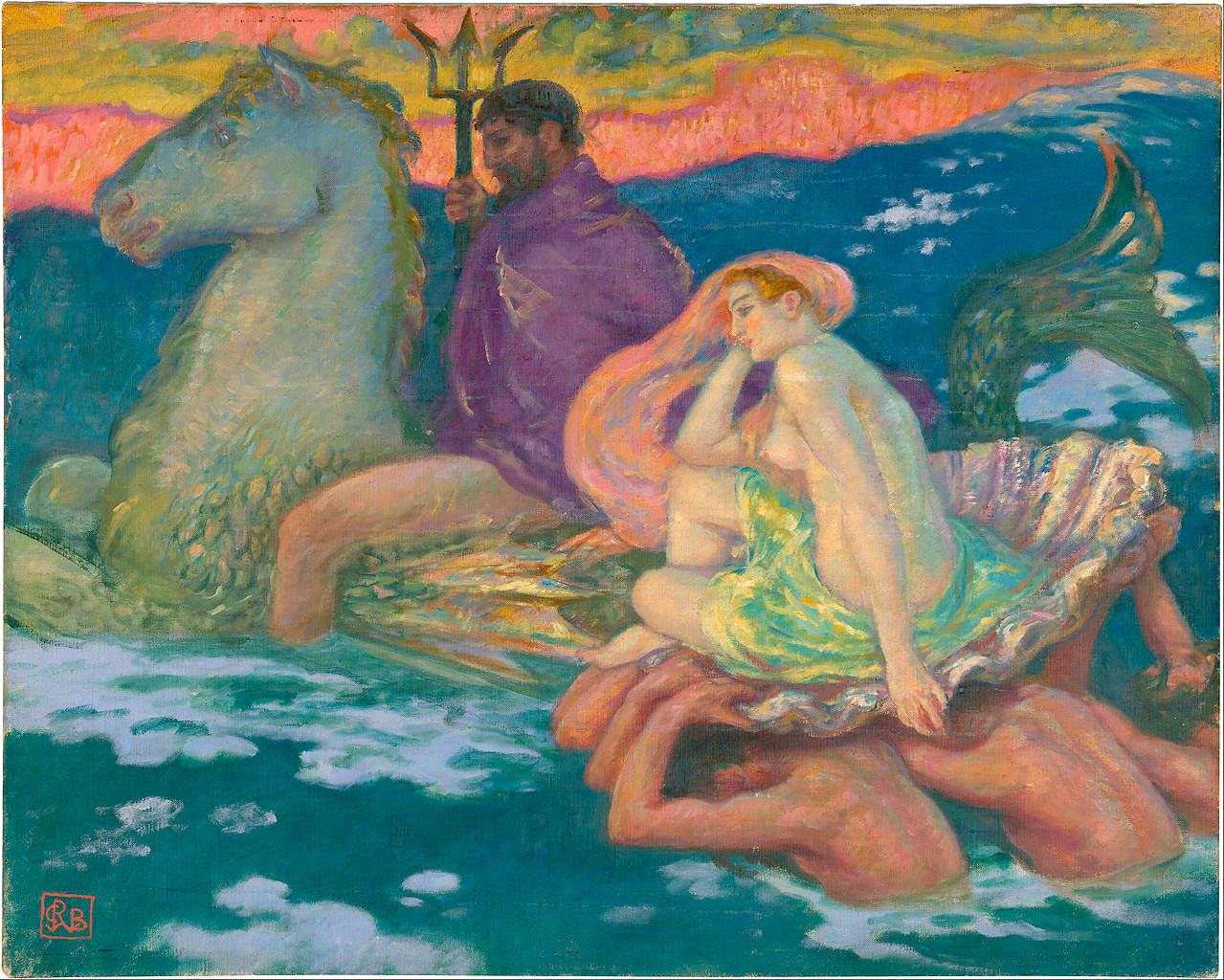 Three Kafkaesque Short Stories By … Franz Kafka
Three Kafkaesque Short Stories By … Franz Kafka
 Whiting Awards 2017: Simone White, Poetry
Whiting Awards 2017: Simone White, Poetry
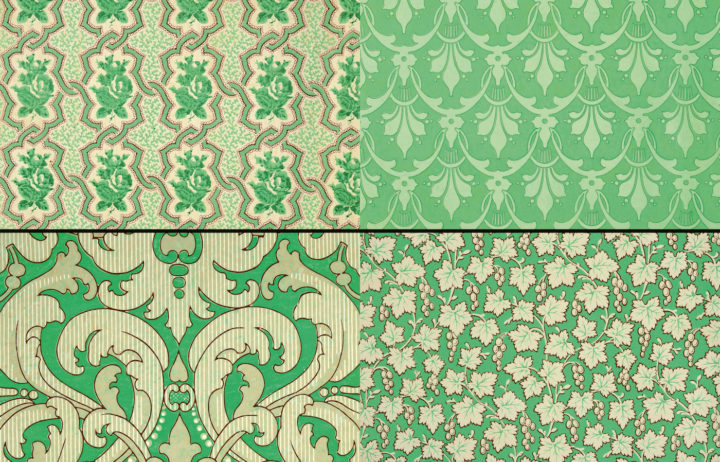 Times Are Hard, But At Least Our Wallpaper Is Arsenic
Times Are Hard, But At Least Our Wallpaper Is Arsenic
Meta says some AGI systems are too risky to release
 Since AI came into our world, creators have put a lead foot down on the gas. However, according to a
...[Details]
Since AI came into our world, creators have put a lead foot down on the gas. However, according to a
...[Details]
Reimagining Elena Ferrante’s “My Brilliant Friend” As a Building
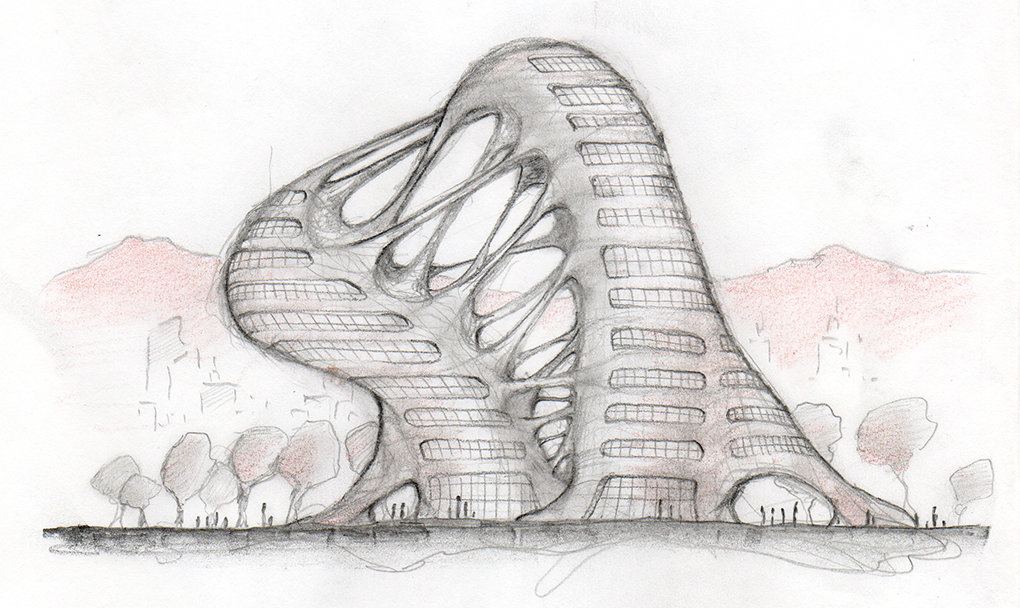 Elena Ferrante, My Brilliant FriendBy Matteo PericoliApril 17, 2017Literary ArchitectureMatteo Peric
...[Details]
Elena Ferrante, My Brilliant FriendBy Matteo PericoliApril 17, 2017Literary ArchitectureMatteo Peric
...[Details]
Photos from Our 2017 Spring Revel
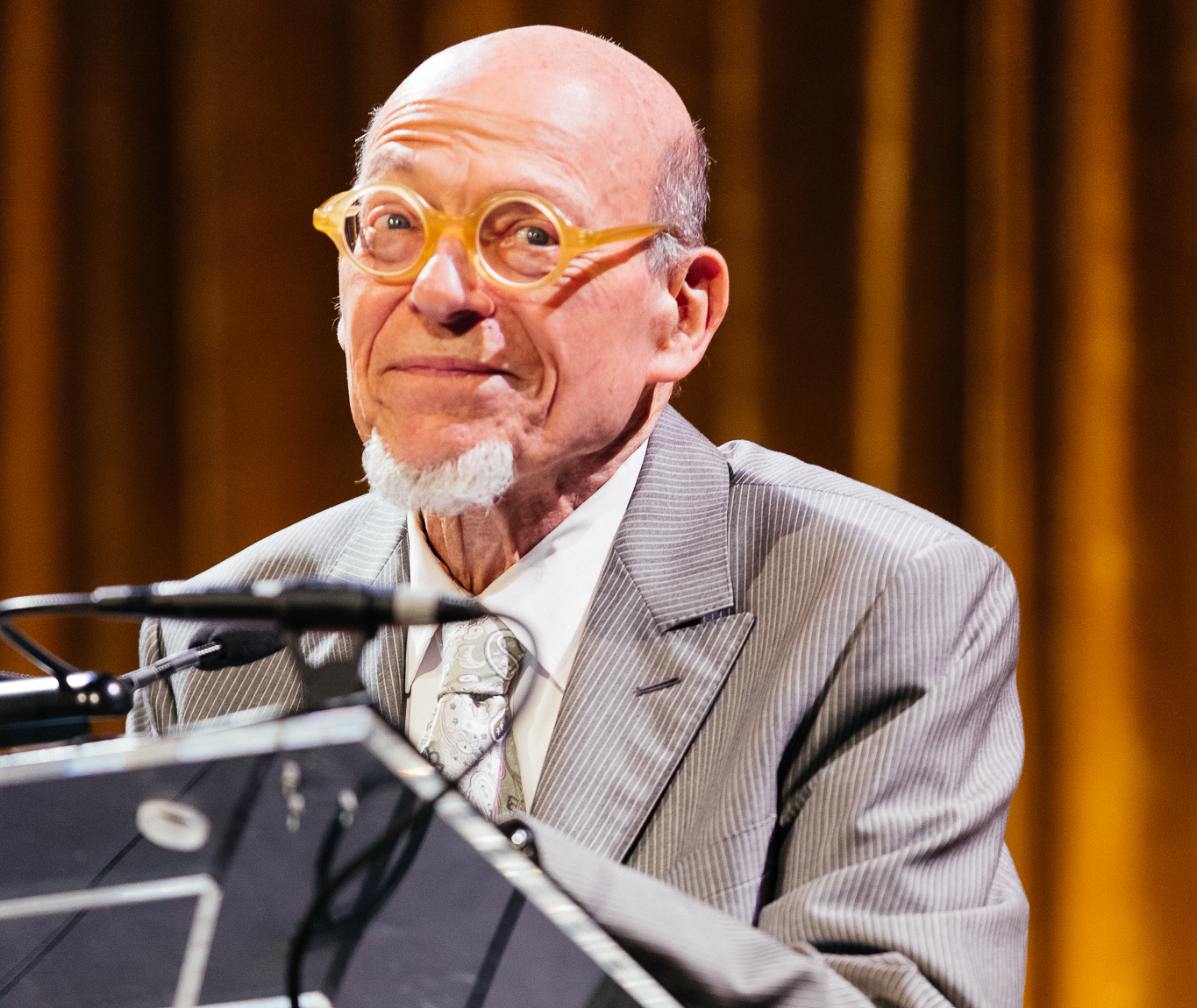 Photos from Our 2017 Spring RevelBy Dan PiepenbringApril 7, 2017The RevelRichard Howard, the recipie
...[Details]
Photos from Our 2017 Spring RevelBy Dan PiepenbringApril 7, 2017The RevelRichard Howard, the recipie
...[Details]
On Harriet Tubman, “Ugly Beauty,” and the Avant
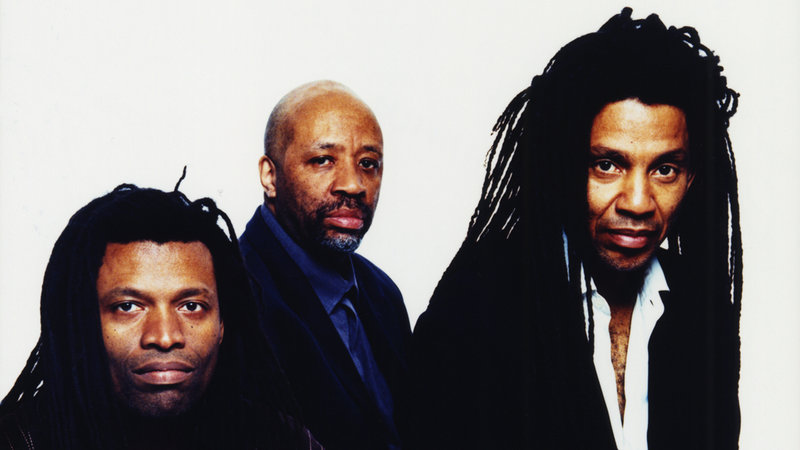 Blues to ComeBy Adam ShatzMarch 27, 2017On MusicHarriet Tubman’s new album Araminta has a joyous aur
...[Details]
Blues to ComeBy Adam ShatzMarch 27, 2017On MusicHarriet Tubman’s new album Araminta has a joyous aur
...[Details]
Indiana Pacers vs. Boston Celtics 2024 livestream: Watch live
 TL;DR:Live stream Indiana Pacers vs. Boston Celtics in the NBA with FuboTV, Sling TV, or YouTube TV.
...[Details]
TL;DR:Live stream Indiana Pacers vs. Boston Celtics in the NBA with FuboTV, Sling TV, or YouTube TV.
...[Details]
This Oxford Comma Is for You, the Working Man
 A Comma for the Working Man, and Other NewsBy Dan PiepenbringMarch 17, 2017On the ShelfThis world is
...[Details]
A Comma for the Working Man, and Other NewsBy Dan PiepenbringMarch 17, 2017On the ShelfThis world is
...[Details]
Origin Story: The Myth of Little John
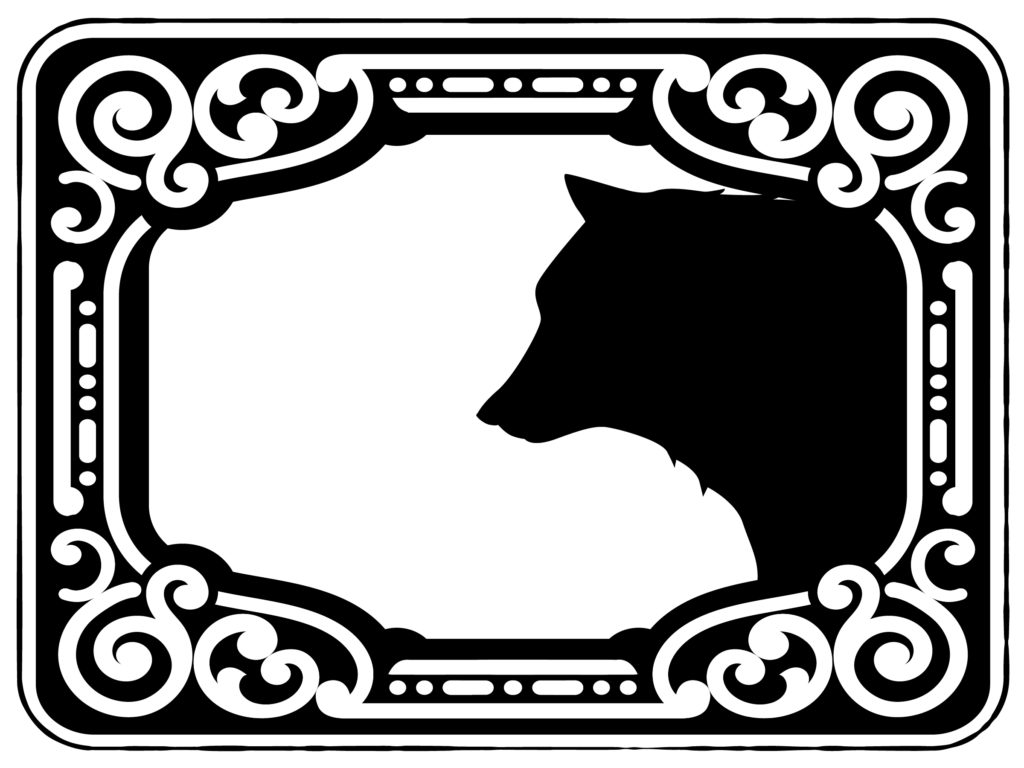 Origin StoryBy Elena PassarelloMarch 16, 2017Our CorrespondentsThis is Elena Passarello’s final colu
...[Details]
Origin StoryBy Elena PassarelloMarch 16, 2017Our CorrespondentsThis is Elena Passarello’s final colu
...[Details]
Light of the World: Derek Walcott, 1930–2017
 The Light of the WorldBy Dan PiepenbringMarch 17, 2017From the ArchiveI have never separated the wri
...[Details]
The Light of the WorldBy Dan PiepenbringMarch 17, 2017From the ArchiveI have never separated the wri
...[Details]
Best earbuds deal; Save $50 on the JBL Tune Flex
 SAVE $50: As of Dec. 19, the JBL Tune Flex are on sale for $49.95 at Amazon. That's a 50% saving on
...[Details]
SAVE $50: As of Dec. 19, the JBL Tune Flex are on sale for $49.95 at Amazon. That's a 50% saving on
...[Details]
Hollywood’s Ongoing Love Affair with Barf Bags
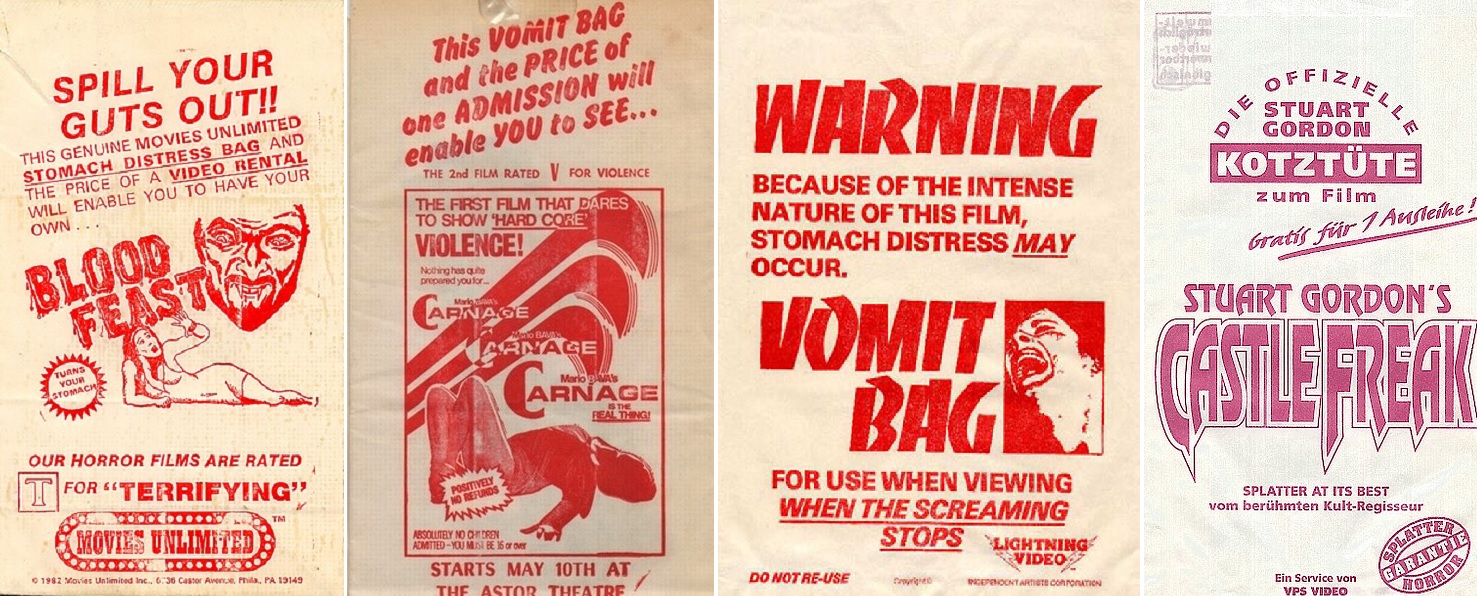 We’ll Always Have Barf Bags, and Other NewsBy Dan PiepenbringMarch 23, 2017On the ShelfThe barf bag:
...[Details]
We’ll Always Have Barf Bags, and Other NewsBy Dan PiepenbringMarch 23, 2017On the ShelfThe barf bag:
...[Details]
接受PR>=1、BR>=1,流量相当,内容相关类链接。